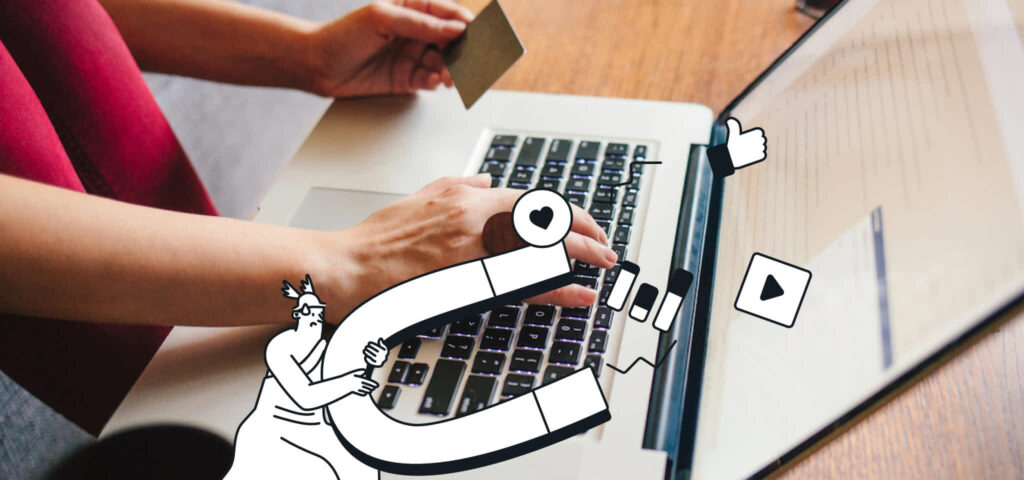
If you’re not already using follow-up emails, you’re missing out on a critical tool for building relationships and driving business. Follow-up emails show your recipients that you value their time and are interested in continuing the conversation. They also give you an opportunity to introduce new products or services, provide helpful information, and build trust with potential customers.
Keep the Flame Alive With Follow-up Emails
When it comes to email marketing, follow-up emails are crucial in order to increase conversion rates. By sending a series of targeted, timely emails, you can nurture leads and encourage them to take action.
Here are a few reasons why follow-up emails are so important:
They Keep Your Brand Top-of-Mind
In today’s crowded marketplace, it’s more important than ever to keep your brand top-of-mind. If you want customers to think of you first when they need your products or services, you need to stay in their inboxes. Follow-up emails help you do just that.
They Help You Build Relationships
Follow-up emails give you an opportunity to build relationships with your subscribers. With each email, you can provide valuable content and establish yourself as an expert in your field. Over time, this builds trust and strengthens relationships – both of which are essential if you want to convert subscribers into customers.
They Prompt Action
The goal of any marketing campaign is to prompt action from your target audience. But without a follow-up email sequence, it’s unlikely that subscribers will take the leap from interested reader to paying customer. Follow-up emails give you multiple chances to nudge subscribers in the right direction and encourage them to take action.
Keep the Momentum Going
With so many benefits, it’s no wonder that follow-up emails are one of the most effective marketing tools available. If you’re not sure how to get started, consider these tips:
- Keep it personal. address your recipient by name and include a friendly opening line.
- Be relevant. send follow-up emails that are relevant to the initial interaction or conversation.
- Be helpful. provide value by sharing helpful resources or information in your follow-up email.
Don’t Let a Potential Customer Slip Away – Follow Up!
With follow-up emails, you have the opportunity to build strong relationships with potential customers and drive more business. Use these tips to start crafting your own follow-up emails and see the results for yourself.







